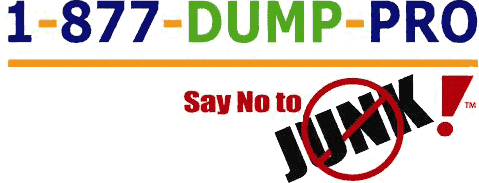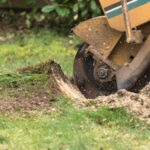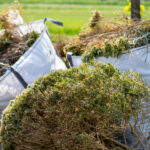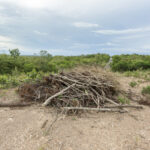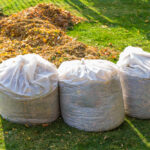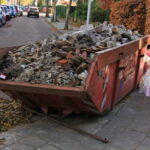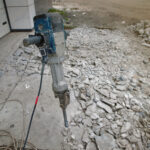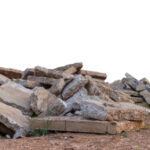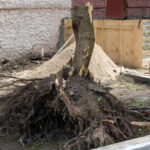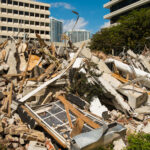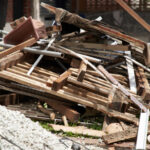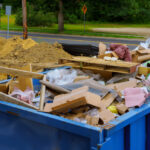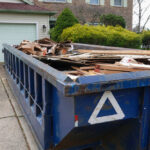Menu
Cleaning The Junk Out Of Your Life Is As Easy As 1 2 3!
Junk Removal
Testimonial
Our Clients Feedback

Read More
I was skeptical because I've never came across any dump companies that were as awesome as these guys. They were very friendly and professional. I had to clean out my parents home after they both passed. They made me feel comfortable and at ease.

Read More
I had an excellent 5-star experience with DUMP PRO. After explaining the amount of items via phone, they gave me already an estimated quote range via phone and after arriving onsite, the final price stayed within that quote range. Their prices are highly competitive and much better than other bigger Junk Removal companies in the bay area.

Read More
Michael and his crew did a great job doing a complete backyard clearing. His crew did the complete job in two days. They did a terrific job cleaning up and hauling everything away. I would definitely recommend Michael if your looking for any work done around your house.

Read More
First of all let me just start off by saying these guys are the absolute best in the business!!!!!! Hands down, couldn't ask for any better guys to do the job. I was skeptical at first because Great customer service, great communication, very fast & efficient! Thanks Again Mike & team!

Read More
Michael and the team are really great. They hauled away a huge amount of debris from my house and it was very difficult, but they pushed through. Furthermore, they stayed beyond dark to finish the job they committed to, and honored the quote. Great guys and hard workers.

Read More
Highly recommend Michael/crew. He helped me haul everything on short noticed and needed a second hauling and again, in short noticed, got the job done. Great communicator and service. Friendly crew and so helpful. The pricing was great as far as comparison to other few quotes that I've gotten. I've used this company prior with a different crew, still awesome team as well. Thank you for all your hard work!!

Read More
Highly recommend Michael/crew. He helped me haul everything on short noticed and needed a second hauling and again, in short noticed, got the job done. Great communicator and service. Friendly crew and so helpful. The pricing was great as far as comparison to other few quotes that I've gotten. I've used this company prior with a different crew, still awesome team as well. Thank you for all your hard work!!

Read More
I just used Dump Pro to load a whole truck full of tree limbs and wood from a deck we took down. It was more economical to use them, where they come, do all the loading, and sweep clean any area they have cleared, than it would have been to have a dumpster dropped off. Mike, who runs the business, was on time, courteous and thorough, as was his crew. Thumbs up for this team!

Read More
I have used1877 Dump Pro several times I would highly recommend them to anyone that needs these services the crew that came out was 2 women and 2 men..They were very efficient, Fast and very friendly.I can say nothing but wonderful things about Dump Pro and the employees.........Your's Truely A Satisfied Customer

Read More
I quoted three highly rated dirt removal companies. Dump Pro was the only company who gave an accurate quote and who published their pricing schedule. Its easy to estimate the load size by measuring the debris yourself. The quotes from two other highly rated companies grossly exaggerated the load size and had higher rates. Dump Pro was exceptionally professional, much fairer than their competitors and had the best prices.
Previous
Next
" We Are Committed To Getting Rid Of All Your Unwanted Junk and Clutter "
Junk Removal in Napa, CA.
Customized Junk Disposal Services in Napa, CA
Complete Junk Removal Solutions
In the picturesque locale of Napa, where every inch of space is highly valued, effective clutter management emerges as a paramount consideration. Acknowledging the unique needs and preferences of the local community, our comprehensive junk removal services are meticulously crafted to ensure a tailored and efficient solution. Whether the task at hand involves the disposal of household items, addressing construction debris, or managing the removal of office furniture, 1-877-DUMP-PRO stands as a reliable partner, guaranteeing a hassle-free and efficient removal process.
Our commitment extends beyond the mere removal of items; it aims to create a harmonious and clutter-free environment that resonates with the distinctive essence of Napa. By choosing 1-877-DUMP-PRO, you’re not just opting for a service; you’re investing in a thoughtful and thorough approach to clutter management that enhances the overall living experience in this cherished community. Join us in maintaining the beauty and tranquility of Napa through our dedicated and personalized junk removal services.
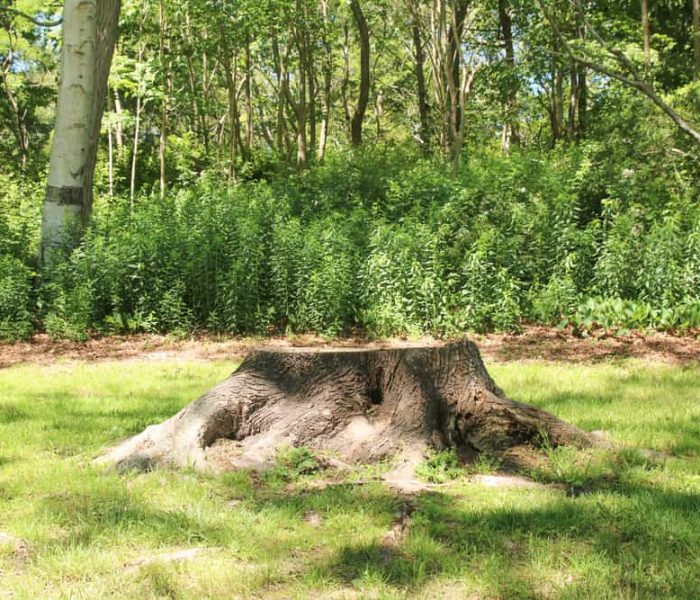
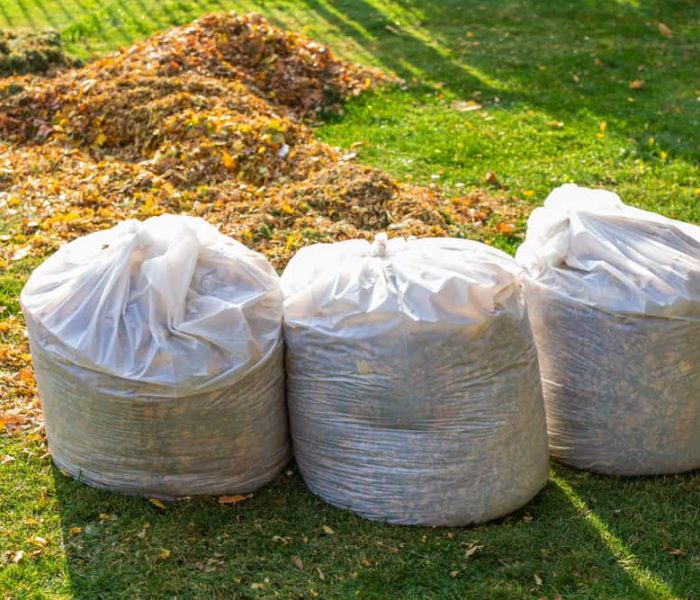
Seamless Home Junk Disposal
Bid a heartfelt farewell to the items that have overstayed their welcome, monopolizing valuable space in your cherished Napa home. Our specialized residential junk removal services are meticulously designed for your utmost convenience, presenting a seamless, eco-friendly solution that resonates with the environmentally conscious ethos of Napa living.
From the aging and tired furniture that has witnessed countless memories to appliances of yesteryear that may have lost their luster, entrust us with the responsibility, and we’ll expertly manage every aspect. Our dedicated team not only ensures a clean but also a clutter-free living space, cultivating an atmosphere of tranquility and comfort for you and your family to savor in this beautiful Napa community.
Experience the joy of a revitalized living space as we handle the removal process with care, leaving you with a home that not only embraces the essence of Napa living but also reflects your commitment to an organized and harmonious lifestyle. Choose 1-877-DUMP-PRO for residential junk removal that goes beyond mere cleanup – it’s a transformative journey toward a more serene and clutter-free home.
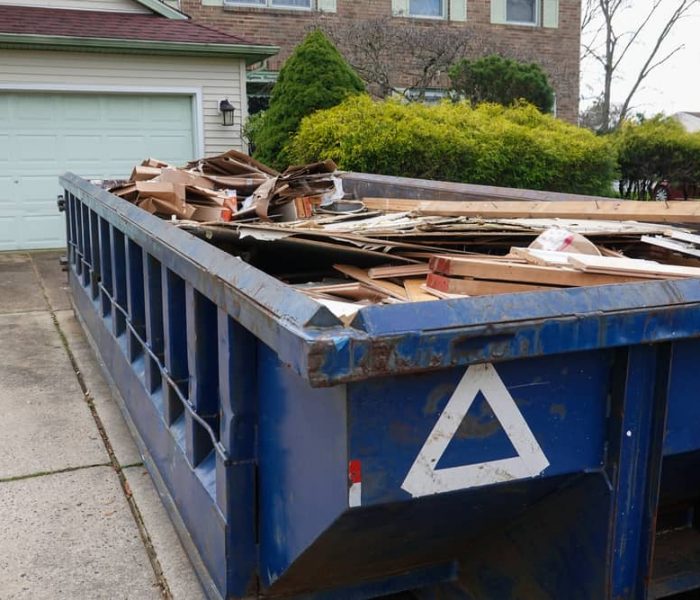
Efficient Commercial Waste Disposal Solutions
At 1-877-DUMP-PRO, we’re not just about clearing out junk. We’re deeply committed to our environmental responsibilities, especially here in Napa County. With each project we undertake, we aim to minimize our carbon footprint and contribute positively to the community of Napa, CA.
We understand that businesses in Napa, CA, and surrounding areas of Napa County are increasingly looking for green solutions. That’s why, whenever possible, we prioritize recycling and upcycling items. Our team is trained to sort through the collected junk meticulously, separating items that can find a new life from those that need to be disposed of.
Furthermore, we’ve partnered with local recycling centers and charitable organizations to ensure that usable items are donated and not wasted. With 1-877-DUMP-PRO, you’re not only decluttering your business space but also giving back to the Napa community.
When you’re ready to make a responsible choice for your business’s junk removal needs, remember that 1-877-DUMP-PRO is just a call away. Experience unparalleled service and environmental commitment today!
Contact Us
Napa is the largest city in and the county seat of Napa County, California. It is the principal city of the Napa County Metropolitan Statistical Area, with a population of 78,130 as of the 2019 United States census estimate. It is the second-largest city in California’s Wine Country, after Santa Rosa. Napa was incorporated as a city in 1872.
The name “Napa” was probably derived from the name given to a southern Nappan village whose native people shared the area with elk, deer, grizzlies and cougars for many centuries, according to Napa historian Kami Santiago. At the time of the first recorded exploration into Napa Valley in 1823, the majority of the inhabitants consisted of Native American Indians. Padre José Altimira, founder of Mission San Francisco Solano in Sonoma, led the expedition. Spanish priests converted some natives; the rest were attacked and dispersed by Mexican soldiers. American farmers began arriving in the 1830s.
Before California was granted statehood in 1850, the Napa Valley was in California’s District of Sonoma. In 1850 when counties were first organized, Napa became one of the original counties of California. At the time, its boundaries also included Lake County to the north. By this time, the indigenous people were either working as field laborers or living in small bands in the hills surrounding the valley. Tensions between the white settlers and Native Americans broke into war in 1850, with a white man’s death resulting in soldiers hunting down and killing all the natives they could find, driving the remainder north toward Clear Lake. In 1851, the first courthouse was erected. By 1870, the Native American population consisted of only a few laborers and servants working for the white settlers.
The City of Napa was founded by Nathan Coombs in 1847. It was not the plan of General Mariano Guadalupe Vallejo. He had paid to survey for a township down river at Soscol Landing where riverboats could turn around. The Napa town site was surveyed by James M. Hudspeth on property Coombs had received from Nicolas Higuera, original holder of the Rancho Entre Napa Mexican land grant. The first business establishment in the town was a saloon built by Harrison Pierce, a former miller at the Bale Grist Mill. Napa’s first general store was opened a year later in 1848 by Joseph P. Thompson. The first record of a ship navigating the river was the Susana in 1842. John Sutter’s schooner the Sacramento landed in 1844 to pick up a load of lime and deliver passengers. By 1850 the Dolphin became the first passenger steamship to navigate the Napa River in order to open another path of commerce.
Learn more about Napa.Useful links for Napa, CA
Here are some engineering-related links:
